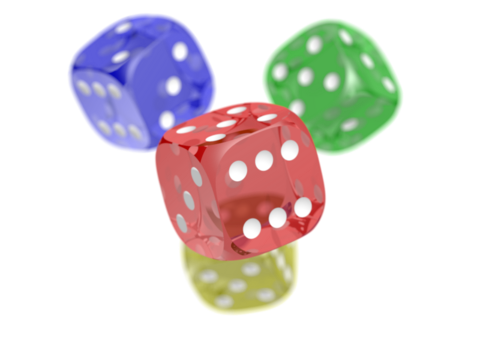Content Form:APRJA 13 Luca Cacini
Jump to navigation
Jump to search
Luca Cacini
The Autophagic mode of production: hacking the metabolism of AI
Subtitle
This article delves into the autophagic nature of generative AI in content production and its implications for cultural and technological landscapes, defined in the paper as technocene. From a broader perspective, it proposes a metabolic characterization of the technocene and explores the idea of how generative AI, such as large language models (LLMs) like ChatGPT and DALL-E, functions as an autophagic organism, akin to the biological processes of self-consumption and self-optimization. The article draws parallels between this process and the mythological symbol of Ouroboros, reflecting on the integration of opposites and the shadow phenomena in LLMs. Specifically, the article discusses the concepts of "Shadow Prompting" and "Shadow Alignment," highlighting the potential for subversion and the generation of potentially harmful, rebellious content by LLMs. It also addresses the ethical implications of generative AI in art and culture, highlighting the risk of a media monoculture, the spread of disinformation and the emergence of a category of Hackers embracing methodologies to deviate these infrastructures. The discourse aims to emphasize the subversive forms of hyperreality that the process of generating media, embedded by repetition in the algorithmic model of the machine, may engender. By examining the autophagic nature of generative AI and its potential ethical and cultural ramifications, the article seeks to analyze the reterritorializing of the relations of production by humans in the context of content creation and consumption.
Section title
Notes
